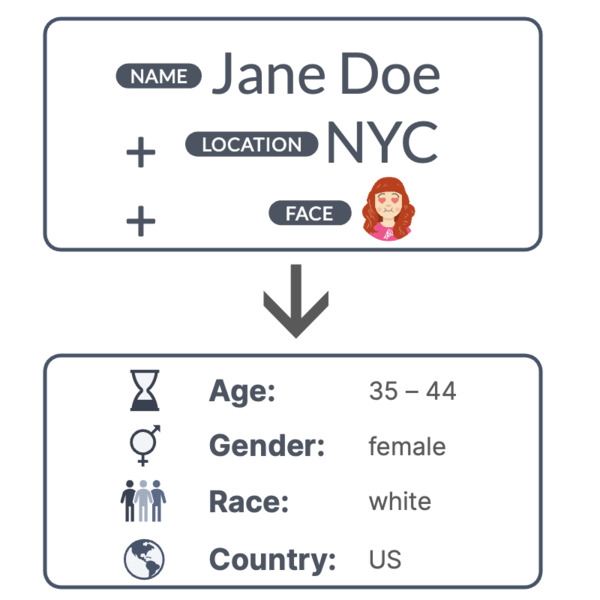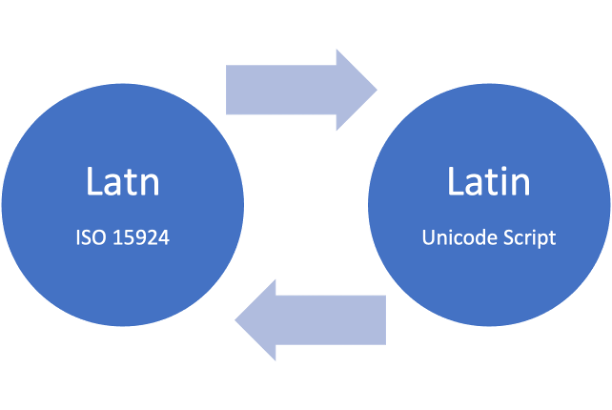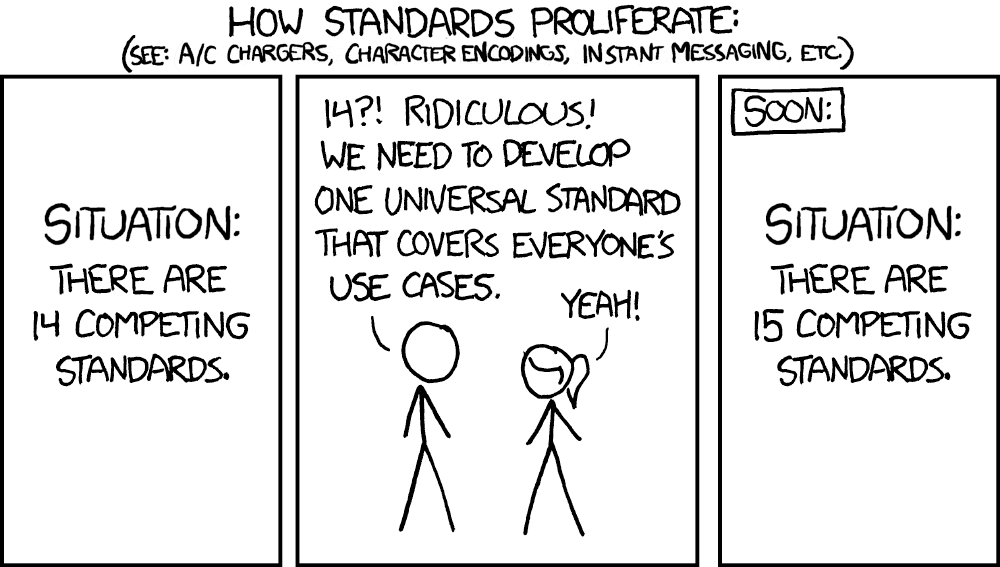I’ve added a new custom base image for Java 21 on Lambda to complement the community base images already available for Java 17, Java 18, Java 19, and Java 20. You can find the images on the ECR Public Gallery and DockerHub and the source code on GitHub. Java 21 is an LTS release with some of the most exciting new features Java has seen in a long time, so everyone should be looking to upgrade ASAP!

I’ve also released a custom Lambda runtime for Java 21, if that’s more your speed.
These should be plenty to get you started on your AWS Lambda + Java 21 adventure!
Continue reading “Community-Managed AWS Lambda Base Images for Java 21”



